Pittsburgh Post-Gazette: The other Carnegie Halls: An elegy of blood money, phantoms and restoration
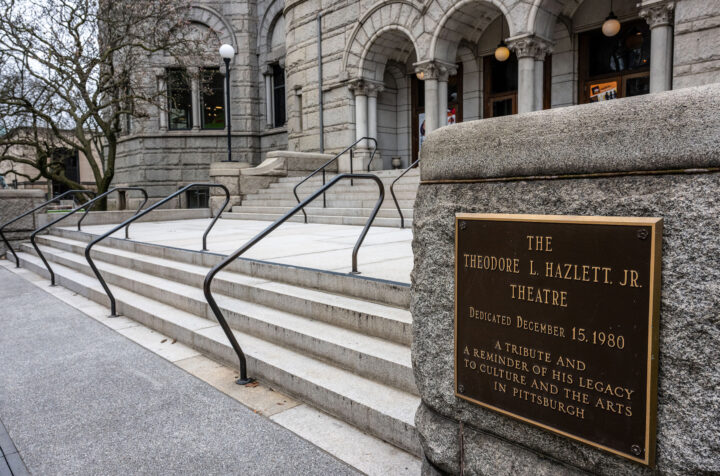
Please note, following is an excerpt from a longer piece detailing all of the music halls. For the complete profile story, please visit here.
By Jeremy Reynolds | Pittsburgh Post-Gazette
July 10, 2024
Carnegie Hall is haunted.
No, not the famous one in New York City. That one is too noisy, bustling and bursting with music, seething and sweating from the enterprise of birthing fresh memories each day. The ghosts are in the other ones. The hidden ones. Crumbling, dilapidated Carnegie Halls, tucked away in the suburbs of steel magnate and robber baron Andrew Carnegie’s adopted home of Pittsburgh.

Braddock’s Carnegie Library is undergoing extensive renovations. (Lucy Schaly/Post-Gazette)
These music halls are relics of a time when the Pittsburgh metro area was the industrial capital of the country, forged in steel and at the confluence of three mighty rivers.
On a dour, drizzly day in April, a metal construction fence rings the Carnegie Free Library of Braddock — an imposing, castle-like structure, the first of Carnegie’s libraries in the United States and one of the first music halls. Discarded lumber and shipping containers of supplies clutter the building’s perimeter. Unfriendly signs warning of “DANGER” shout at passersby.
Once standing tall as a proud beacon of art and industry, the hall now sits in the carcass of a hollowed-out town, a forlorn stone sentinel now looming against gray skies in a steel city that’s still struggling to create a new identity.
Inside the hall is another story entirely.
Mechanical saws shriek and the smell of fresh paint wafts through the air as workers in hard hats scurry about. The facility is under restoration to the tune of $20 million. It’s very much a space in transition.
The same can be said for the five other Pittsburgh halls bearing the Carnegie name, all of which have ebbed and flowed alongside the communities they were built to serve. Not all of the non-New York halls have survived, but those that did have had to continuously reinvent themselves to remain useful.
They continue to evolve today.
The halls Carnegie
Andrew Carnegie, that wee Scottish immigrant, built one of the largest business empires the world had yet seen — before giving most of his billions to philanthropic ventures. At the turn of the 20th century, he gifted six concert halls to different Steel City suburbs. The musical halls were built with uniformly excellent acoustics, each a historical gem in its own right. Perhaps the grandest symbol of opulence: most had functioning pipe organs, also called the “king of musical instruments,” when they were first built.
While the Braddock hall was the first to be commissioned, the first to be completed was the Carnegie Hall in Allegheny Center, now an industrial-style black box theater. Other halls are found in the city’s Oakland neighborhood and Pittsburgh-adjacent boroughs of Homestead and Carnegie. There was once a hall in Duquesne as well.
The halls hosted regular recitals of all sorts of music — orchestras, chamber music ensembles, opera singers and more filling the buildings and their steel towns with art and life.
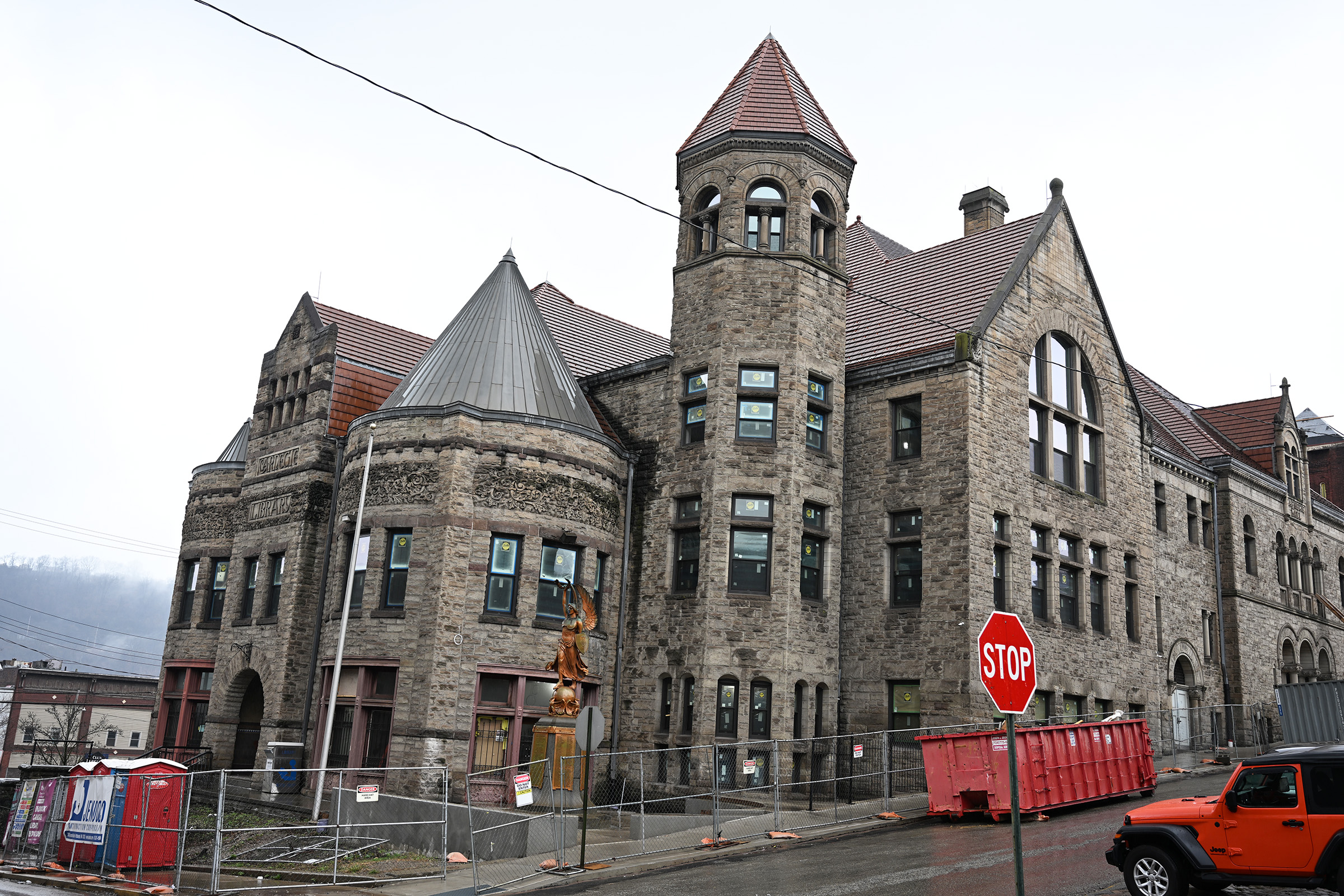
Braddock’s Carnegie Library was the first of Carnegie’s U.S. halls to be commissioned. (Lucy Schaly/Post-Gazette)
Decades later, they are not the primary performance spaces in Pittsburgh. Those would be Pittsburgh Symphony’s Heinz Hall and the Pittsburgh Cultural Trust’s Benedum Center, both Downtown.
But the music halls are special pieces of Carnegie’s legacy. While the steel baron built more than 2,500 libraries around the world, he only dedicated seven concert halls — most of them attached to libraries and gymnasiums in towns near his steel mills. Carnegie intended them to become community hubs of art, learning and health for workers and their families.
And they were magnificent.
Strange New Melodies
In the latter half of the 20th century — as the U.S. steel industry collapsed in the wake of World War II, facing rising global competition and evolving economic conditions — Carnegie’s Pittsburgh-area music halls fell out of use one by one, except for the one in Oakland.
The others would succumb to disrepair as the town’s populations fled, hunting stable work. Struggling towns sold off or shuttered Carnegie libraries and music halls. The now out-of-tune and out-of-time pipe organs that weren’t stolen or amputated to make space for generators began gathering dust behind the scenes.
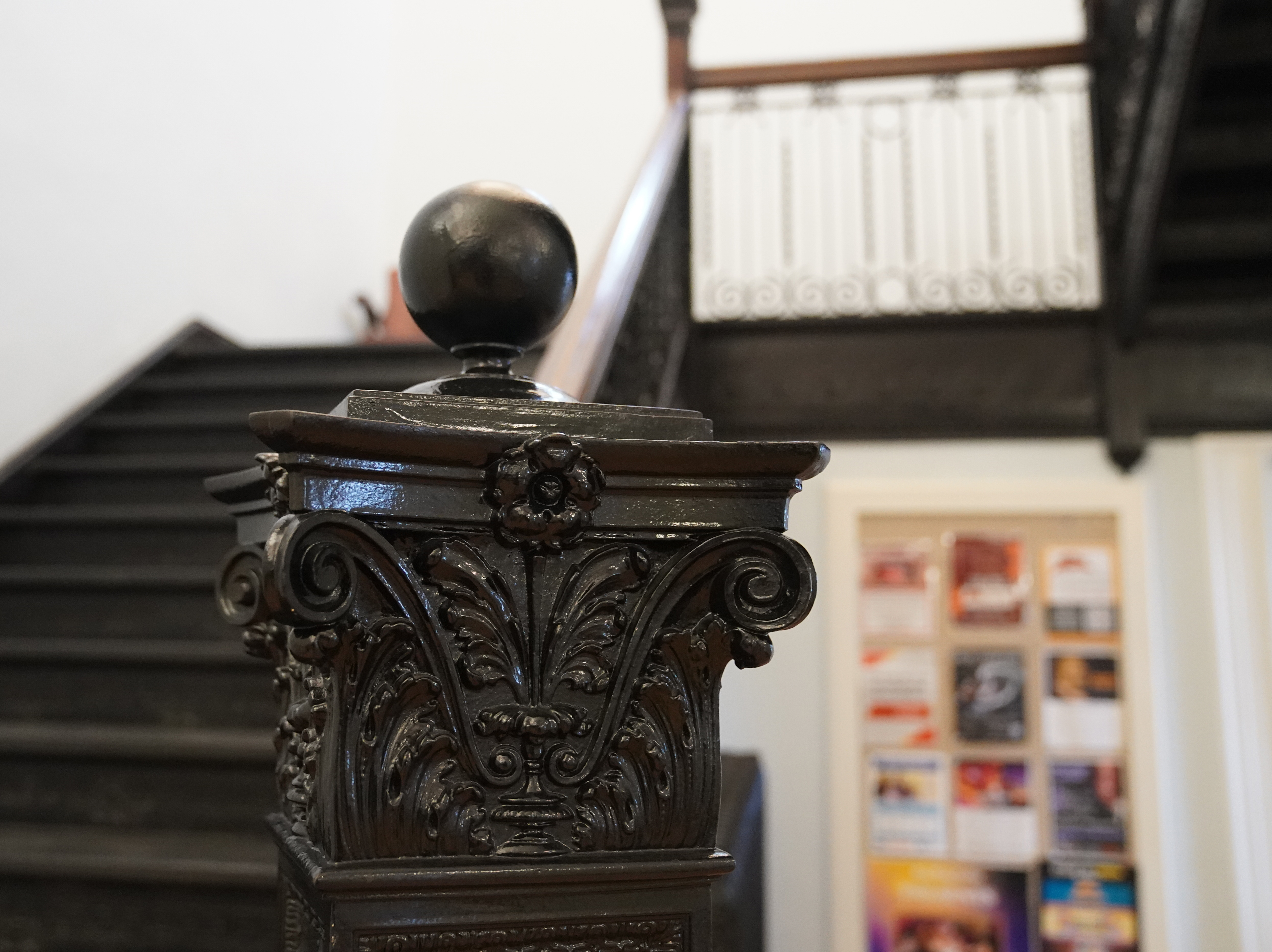
A newel post at the Carnegie Hall in Carnegie, Pa., shows Victorian decoration. (Sebastian Foltz/Post-Gazette)
Stages grew dark, for a time. The Duquesne hall was razed altogether. As the halls were shuttered, however, stories began to swirl and take shape. The ghosts began to fester. Each of the halls now has tales of doors slamming with no breeze and locks locking or unlocking spontaneously — even floating specters have been reported over the decades.
Meanwhile, Andrew Carnegie’s Pittsburgh legacy continues to slowly erode.
The Japanese company Nippon Steel has made an offer to purchase U.S. Steel, the company forged when J.P. Morgan merged the Carnegie Steel Company with the Federal Steel Company and the National Steel Company in 1901. And Pittsburgh’s Carnegie Science Center is set to be renamed the “Kamin Science Center,” after a historic $65 million gift from a new donor.
Most of the old music halls are in a state of transformation as well, with local philanthropists and foundations pumping cash into the halls to preserve these luxurious bits of history.
In addition to the repairs in Braddock, the hall in Homestead — now managed by a for-profit entertainment company on behalf of its library — is preparing to install new seats to the tune of about $1 million. The hall in the borough of Carnegie is fundraising to install an HVAC system that would allow year-round operations. Even the Oakland hall — the closest analog to Carnegie New York — recently completed an $8 million renovation to restore the opulence and majesty of the original structure.
For now, Carnegie’s music halls — those still standing at least — will remain.
____________________________________________________________________________
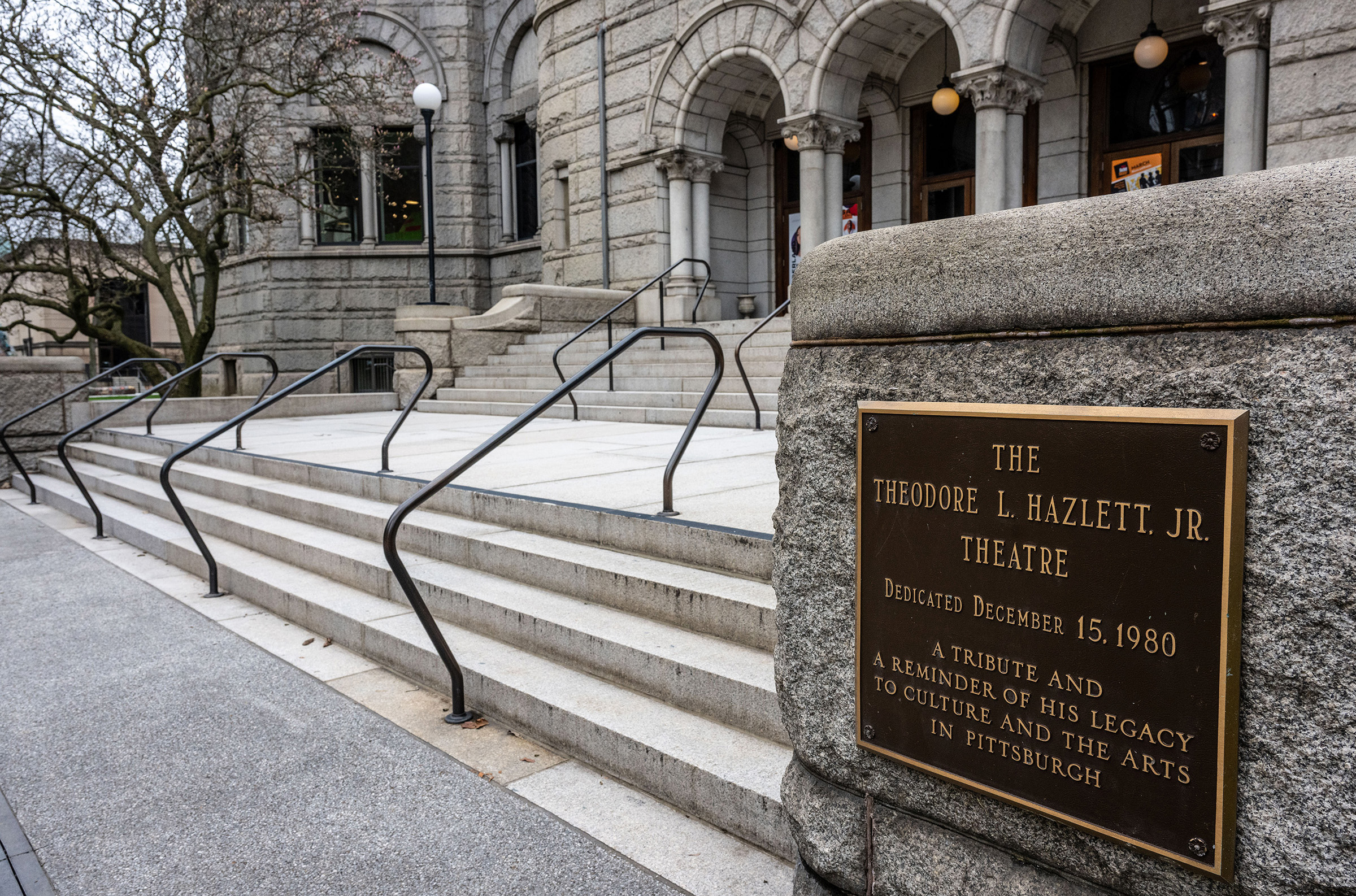
Whitfield, who by all accounts was quite a generous and noble person and influential with her husband, was in full agreement.
It was around this same time that Carnegie commissioned his first library, the Carnegie Free Library of Allegheny, which included a music hall, in the modern day Allegheny Center in the North Side. (Pittsburgh annexed Allegheny City in 1907.) Although this library was the first to be commissioned, construction on the Braddock library was completed first. Braddock’s music hall was added later in an addition.
The Allegheny Carnegie, completed in 1890, was the first Carnegie Hall in the United States. It is the only Pittsburgh hall that no longer bears his name.
Carnegie’s motivations were never simple. The steel trusses for the hall’s ceiling — a high, vaulted affair — likely were used as a demonstration of new technology and building possibilities offered by the rapidly expanding Carnegie Steel Company.
As Pittsburgh’s population winnowed out in the latter half of the 20th century, funding for the library and music hall plummeted, and the city nearly demolished the building. Community funders stepped in, raising enough cash to renovate the space.
What was once an elegant, 1,000-seat theater that closely resembled the Carnegie Halls in Homestead and Braddock became a more industrial space, with exposed stone and its windows walled up to create a black-box theater.
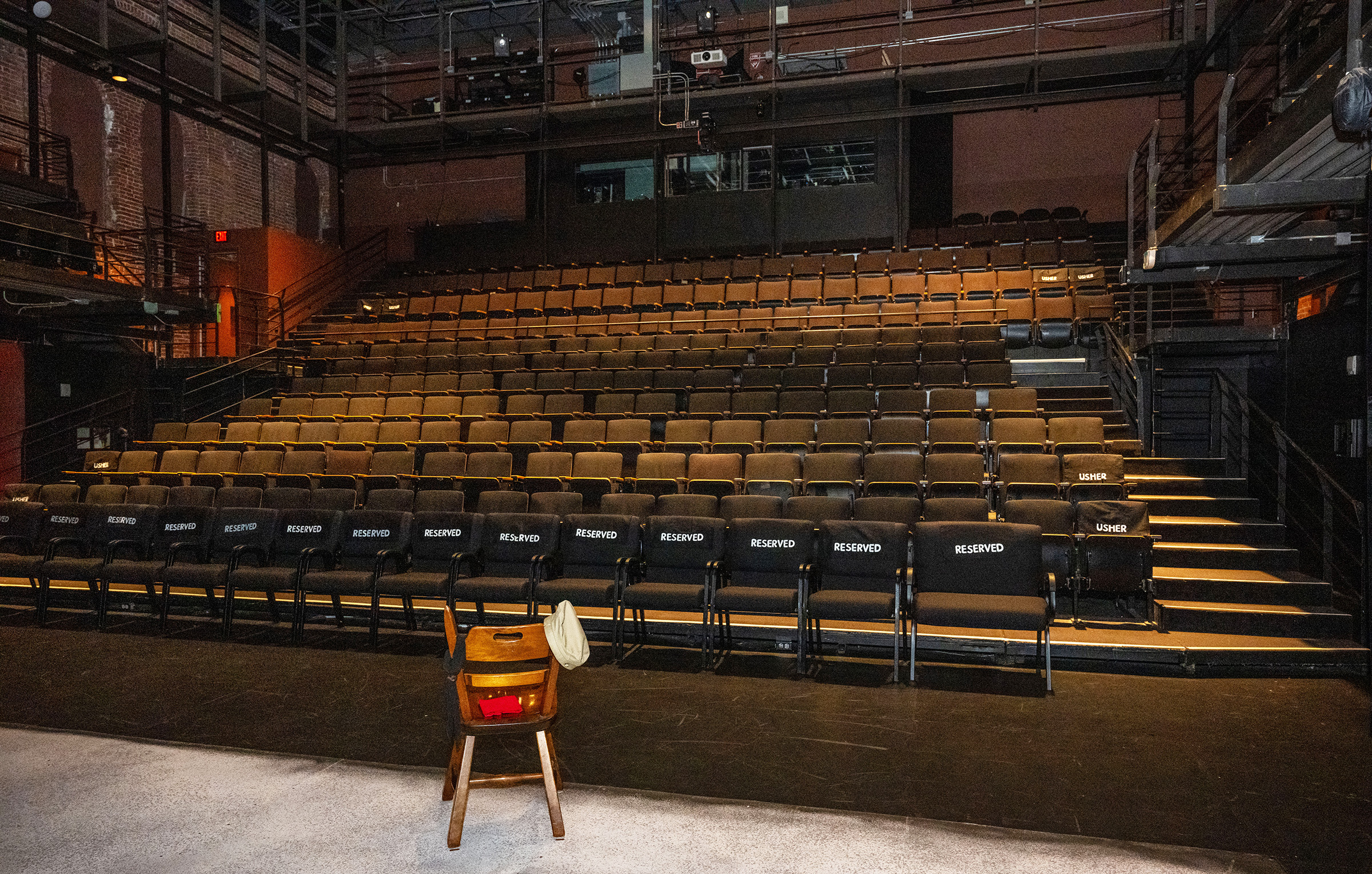
A renovation converted the late 19th-century music hall into a black-box theater. (Lucy Schaly/Post-Gazette)
The plaster was ripped off the walls. The balcony was removed. Half of the theater was walled off to become a lobby on the first floor and a rehearsal space on the second, leaving a more intimate performing space with dry acoustics and adjustable seating. The hall’s new capacity is about 500.
Of the remaining Steel City music halls, this one least resembles its original design, though it still upholds its founding purpose as a site for community art and performances.
Pittsburgh Public Theater operated the building from the 1970s to the 1990s, and it was renamed the Hazlett Theater in 1980 in honor of Theodore L. Hazlett Jr., a Pittsburgh power player and a fierce supporter of the arts who had died the year before. In 2006, five local arts and community organizations joined forces to create the New Hazlett Center for the Performing Arts, which currently occupies and manages the space.
“The city actually still owns the theater, but the deed is lost,” said Scott Conklin, director of operations at the New Hazlett Theater.
The Children’s Museum of Pittsburgh operates the library space, which reopened in 2019 after closing in the mid-2000s due to a lightning strike on the clock tower. (“It’s very ‘Back to the Future,’” Conklin said. “The clock still doesn’t work.”)
Another peculiarity for this hall: It also served as a place of religious retreat for the Watch Tower Bible and Tract Society, one of the main entities that distributes doctrinal material for Jehovah’s Witnesses.
“They still show up on tour buses all the time,” Conklin said.

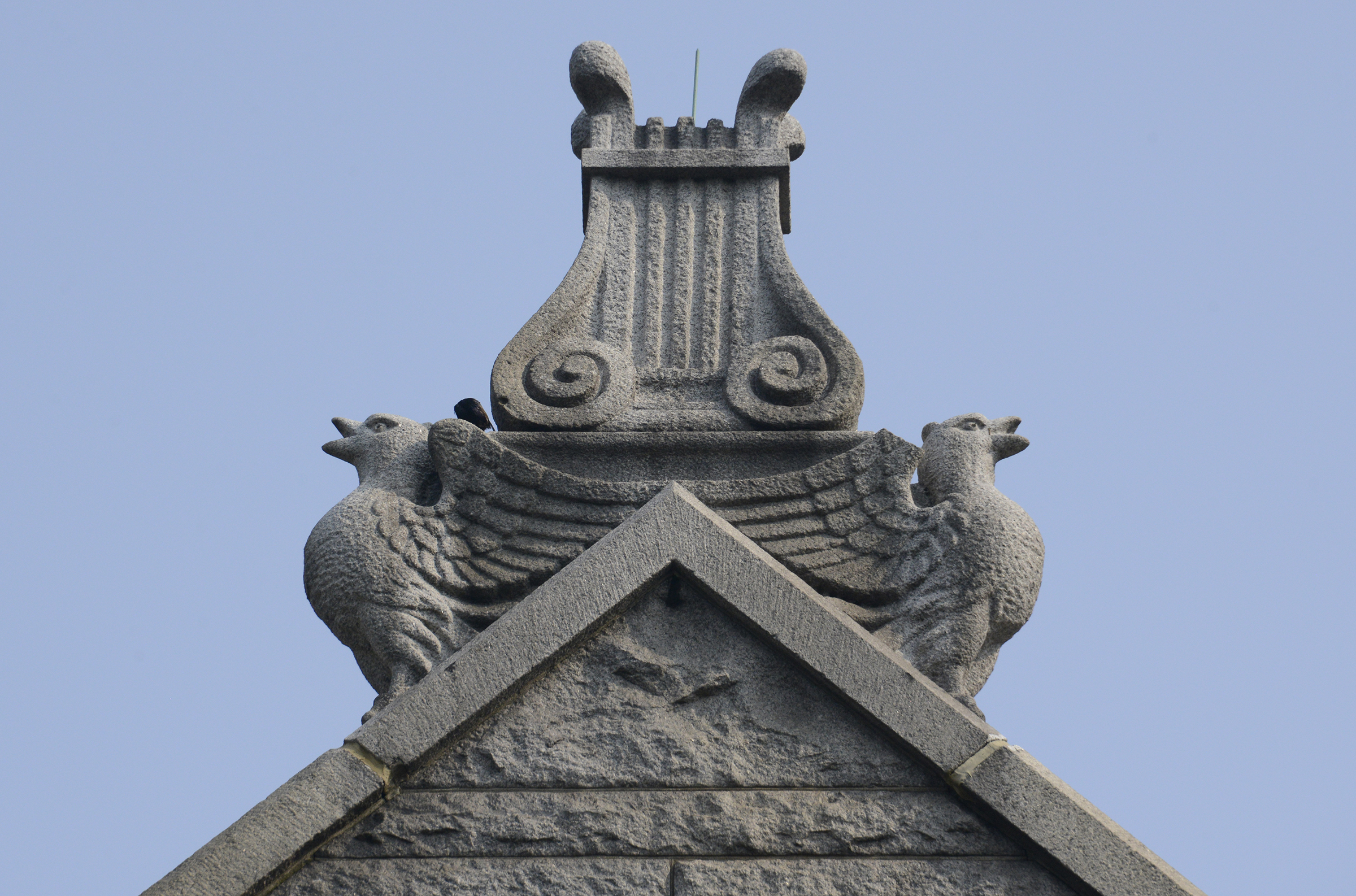
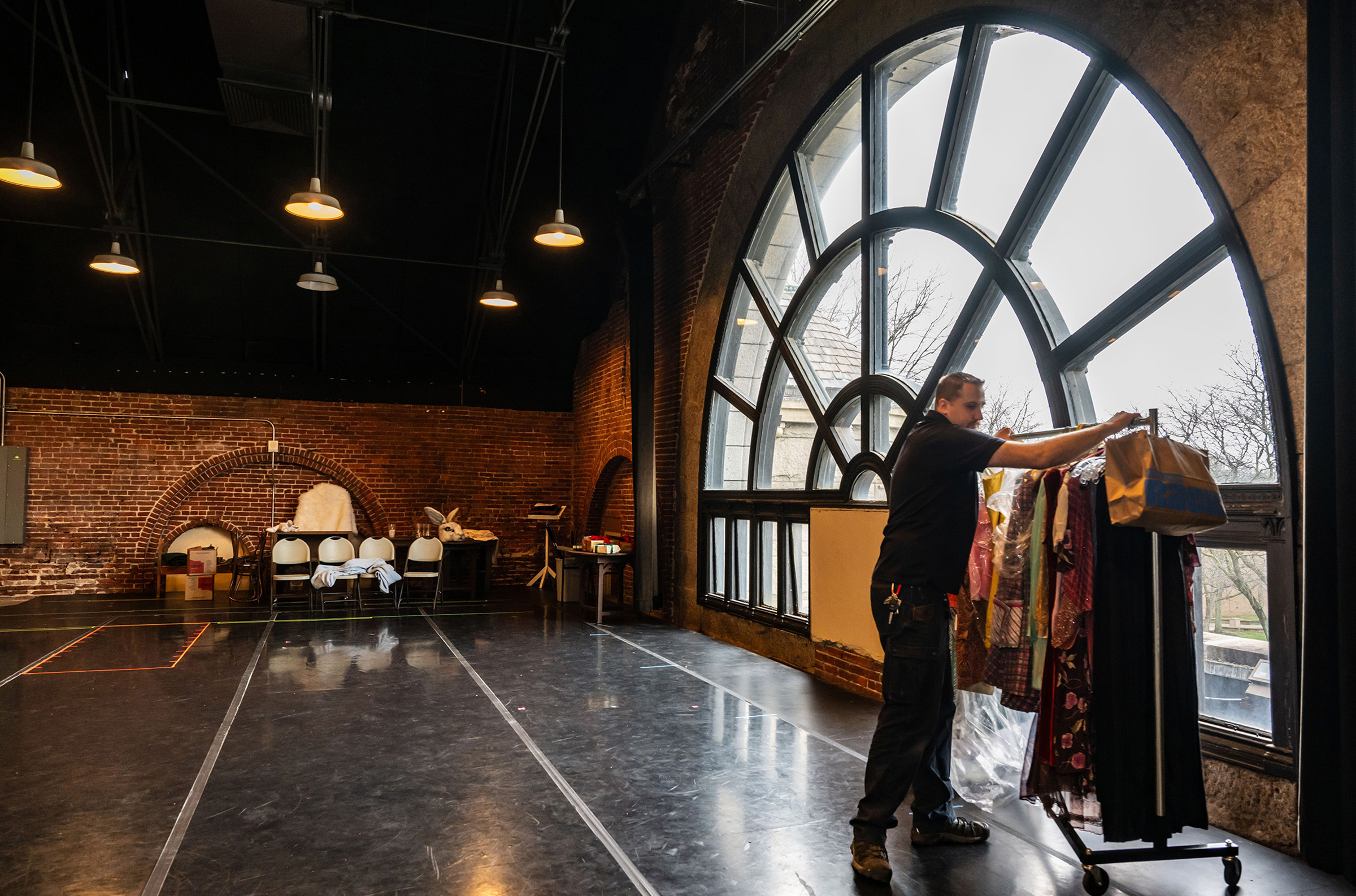
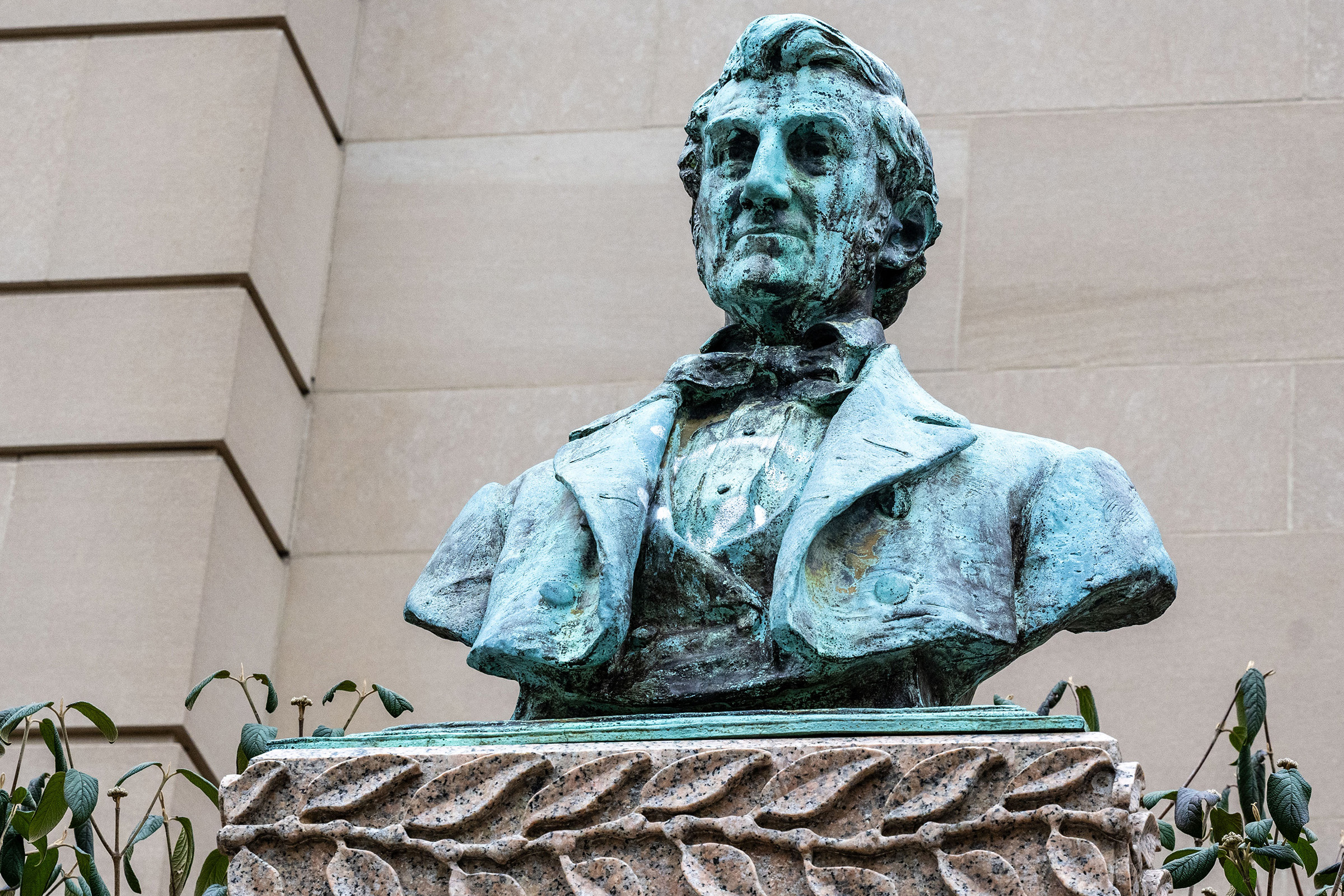


The renovated theater has a high-end sound system and hosts a variety of small-scale theatrical productions and concerts, weddings, bat mitzvahs, proms and more. Philanthropic funding ensures that rental prices remain affordable for small local organizations.
In recent years, the hall installed a state-of-the-art HVAC system with COVID-19 pandemic funding and has done significant work on its front steps, to the tune of about $300,000.
“Now we just need to cover up the odd bullet hole here and there,” Conklin said, pointing out examples of old shots.
